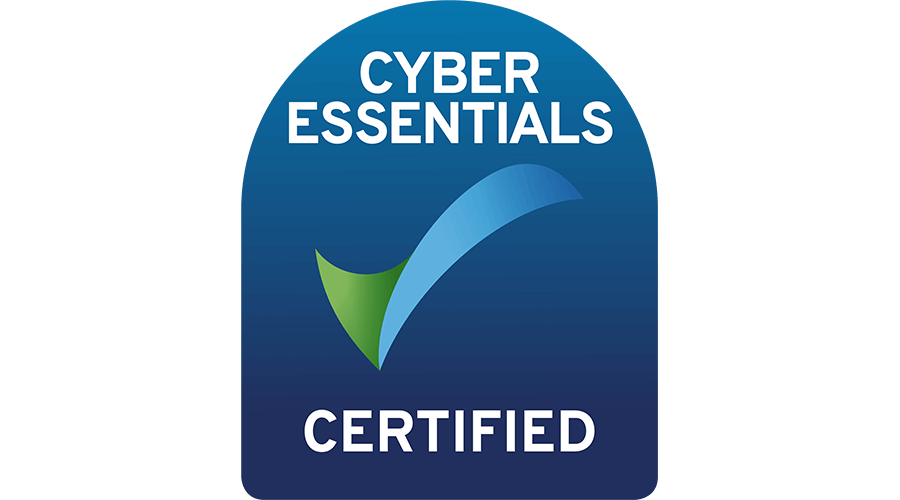When the Covid-19 lockdown started in March in Wales this year many people were worried about not being able to talk and connect with other people in the ways we were used to, both in terms of work and personal life. Simon Rose looks at what success has been made connecting people during the lockdown – and the work that still needs to be done.
Digital exclusion
These worries were particularly strong for people with a learning disability who already experience greater social isolation. With our work and communications going online the digital exclusion of people with a learning disability added to concerns.
The worries were not just about the technology, how to get it and how to use it, but also about how we can use technology to respond to different communication needs and preferences. We realised that we needed to respond quickly and connect with our members to find out some of the issues and learn from each other.
We set up a resource page for people with a learning disability and their supporters that includes easy read guides to technology and staying connected online. We also created easy read instructions for using Zoom.
Sharing experiences
Learning Disability Wales’s All Wales Personalised Technology Community of practice came together on line using Zoom on 20th May 2020. Over 20 people and organisations came online to look at what is happening, what’s working, what’s not working and where do we go from here. We heard from self advocacy groups, people with a learning disability, supported housing providers, health and social services. The meeting went well but of course there were internet connection issues for some people!
The good news
The good news is that it appears organisations and people across Wales have faced the challenge with enthusiasm. It’s not been easy but that has not put people off from working hard to meet and support people in new ways using a variety of mainly online video conferencing and chat services.
We have heard that being forced into this way or working has actually revealed that some people prefer these methods so communication has improved. This is one of the silver linings a number or organisations want to carry on with once lockdown has ended.
The bad news
There are however strong concerns that some people with a learning disability are being left behind and excluded, and the reasons for this are multiple.
Firstly people need the technology in their hands, so people need the money to buy it themselves or a support provider willing and able to provide it.
Once you have the technology accessing the internet is the next hurdle. Worryingly we are still hearing accounts of some service providers deliberately keeping people off line, mainly because of a reluctance to handle risk in a person centred way or because the staff are not technologically minded themselves. This is basically a denial of a person’s human rights. Most services providers it seems are doing the right thing but still face problems of poor internet connections to home and properties. There have been some stories where the family has stopped the person with a learning disability from using online platforms, also because of worry of being safe online.
The next issue all of us have had to deal with is learning how to use the technology. With a few months warning we could have sat with our loved ones, the people we support and our colleagues to teach and learn from one another in the ways we are used to. The Covid-19 lockdown came on us quick though so supporting people to use the technology from a distance was and still is an issue.
What people are using
Of all the technology people told us they were using the vast majority were pre-existing mainstream technologies Zoom, WhatsApp, Facebook, Skype, Microsoft Teams etc. Some organisations had been approached by telecommunications firms offering support and for one organisation they prioritised the roll out of their own custom social media app for the people they support.
What did we learn?
So what did we learn in a nutshell?
- People have put a lot of effort into supporting people with a learning disability get online and communicate using new technology.
- Existing mainstream technologies work well, but only if appropriate support is available.
- Digital and technological exclusion has not gone away, leaving many people cut off from the outside world.
- Coming out of lockdown many people will choose to continue to use the technology and skills they have been forced into using because of the crisis.



 >
>
 >
>
